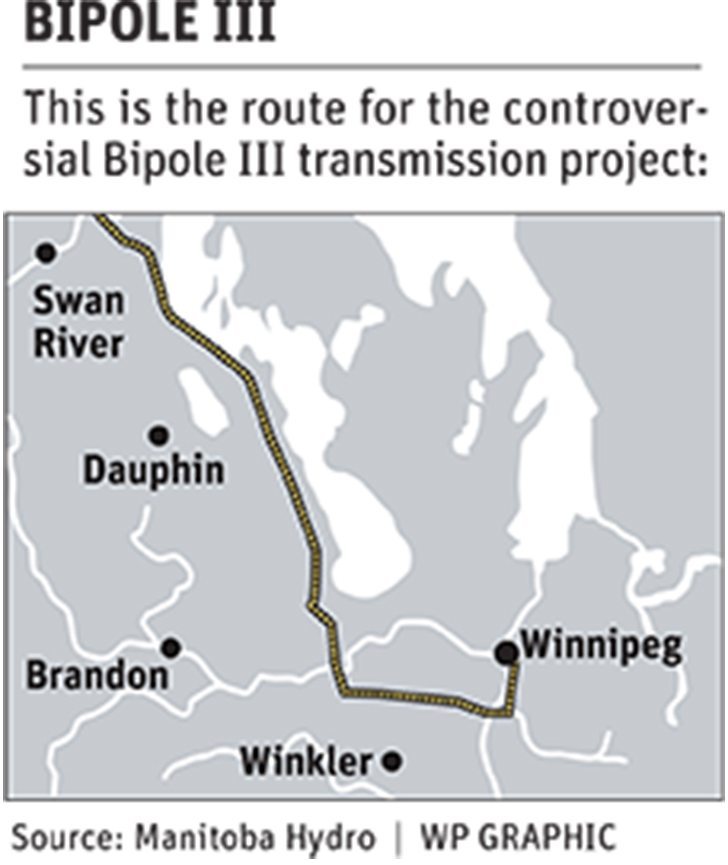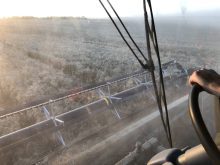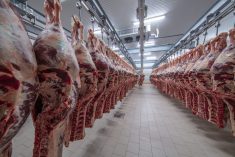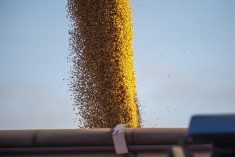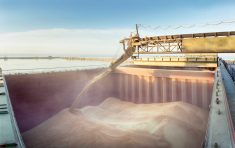The Manitoba government has granted an environmental licence to a controversial hydro line that will cut across thousands of acres of agricultural land.
After years of consultations and vigourous public debate the licence represents a green light for Bipole III — a high voltage transmission line that will run from hydroelectric dams in northern Manitoba to Winnipeg.
“The licence for this project is in line with the strictest of any transmission line environmental licence in the country,” said conservation minister Gord Mackintosh in an August 14 news release.
Read Also
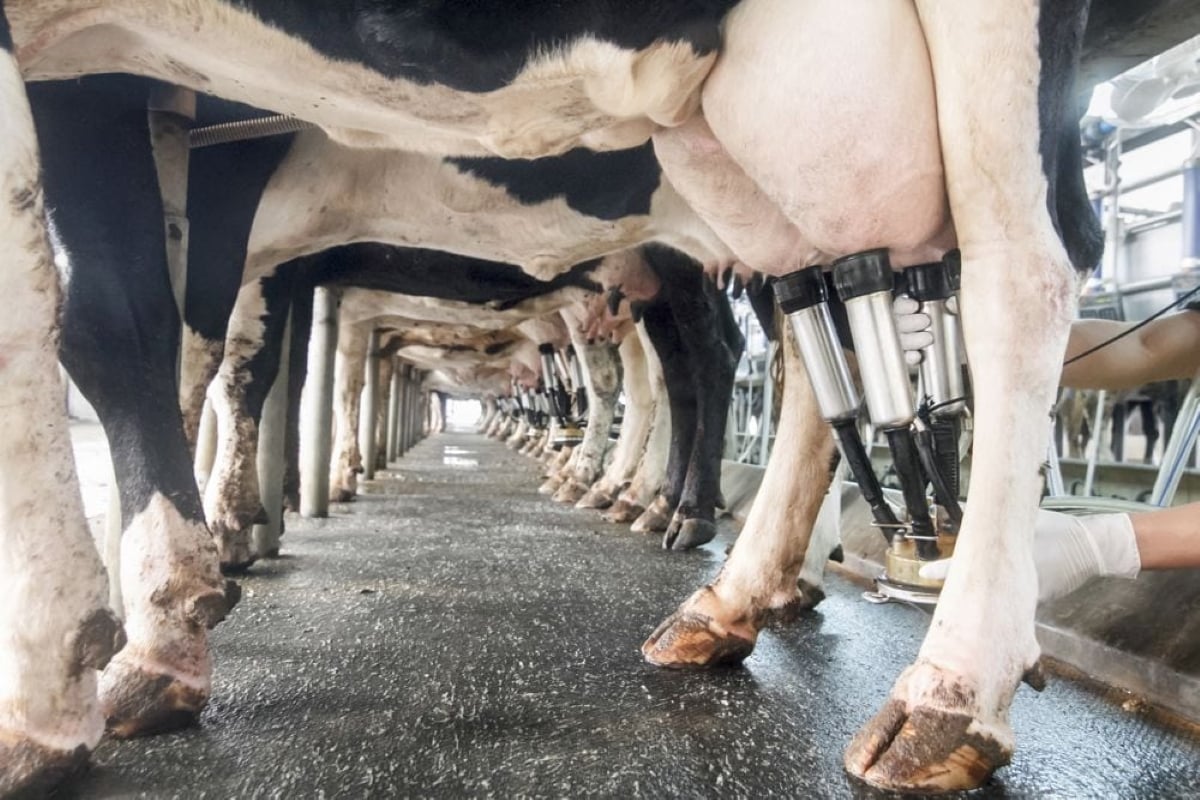
Nestle quits global alliance on reducing dairy methane emissions
Food group Nestle said on Wednesday it had withdrawn from a global alliance for cutting methane emissions that aims to reduce the impact of dairy farming on global warming.
Bipole III has been a hot topic in Manitoba since about 2010 when Manitoba Hydro, the provincial utility, announced that it had selected a controversial route for the project.
The 1,400 kilometre transmission line, which has an estimated cost of $3.2 to $4.1 billion, will run southwest from northern Manitoba to the Saskatchewan border, before cutting south and east, running across prime agricultural land in Manitoba. The route will terminate at a converter station near Winnipeg.
Over the last few years, at public meetings and in news reports, former Manitoba Hydro executives, engineers and farm groups lobbied against the route. They argued that Bipole III should run down the east side of Lake Winnipeg, a shorter and more economical route that would affect fewer landowners in southern Manitoba.
Provincial officials and environmentalists oppose such a route because the powerline would disturb a pristine tract of boreal forest in Manitoba.
Karen Friesen, a farmer in Niverville, Man., and the president of the Bipole III Coalition, a group of affected landowners and concerned citizens, said the province’s decision isn’t surprising.
“It’s a very sad day for agriculture because we’re going to be affected (by this) for the rest of time,” said Friesen, who will be directly affected by Bipole III because the project cuts across her land.
In its release, the province noted that Manitoba Hydro should consult with farmers on tower placement to minimize the impact on farm operations.
Friesen said those kind of comments make her blood boil because this project will detrimentally affect farmers for generations.
“How can you accommodate these huge structures?… It’s absolutely ludicrous (given) the type of agriculture we see today in southern Manitoba.”
The province’s decision to approve Bipole III closely follows a July report by the Manitoba Clean Environment Commission. After listening to hundreds of Manitobans at numerous public meetings, the CEC recommended the province grant the environmental license for Bipole III.
With the environmental licence in place, Manitoba Hydro can now sign compensation agreements with landowners along the Bipole III route.
In response, Friesen and other affected landowners are consulting with the Canadian Association of Energy and Pipeline Landowner’s Association.
The association, known as CAEPLA, helps landowners respond to the impacts of energy pipelines.
“We basically feel there’s strength in numbers,” Friesen said. “We need to stand up for our land rights and I really encourage all the farmers to go the website, Bipole III Coaltion, and look at joining CAEPLA, who will represent our interests as a group.”


